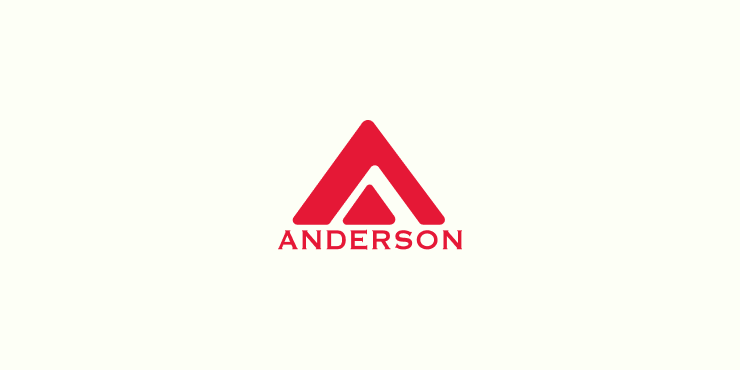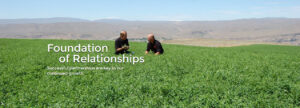Why is it important to understand forage quality? Put simply, forage quality affects a producer’s bottom line. Not only does it influence hay price, but forage quality also has direct effects on animal production efficiency, including weight gain, milk production, and reproductive success. Forage quality is affected by its palatability or acceptance by the animal, and is influenced by factors such as, odor, taste, texture, leafiness, and moisture content. In general, high quality forage is quite palatable, which leads to higher intake.
But what factors influence forage quality? Plant species, maturity at harvest, and harvest and storage methods all have effects on forage quality.
Species differences
Legumes, such as Alfalfa, are usually higher quality than grasses, such as Timothy, because they generally contain higher levels of protein and lower levels of fiber. These factors lead to greater animal acceptability and intake.
The environment to which a grass has adapted for optimal growth directly influences its forage quality. Cool-season grasses, which grow best in spring and fall when soil and air temperatures are cooler, include such species as Kentucky Blue Grass, perennial and annual Rye Grass, and Orchard Grass. Cool-season grasses are generally more digestible, and thus, of higher quality than warm-season species, such as Switch Grass and Bermuda Grass, which have adapted to grow in hot, dry weather.
Maturity at harvest
Stage of maturity at harvest is probably the most important factor that influences forage quality. As forage matures, the leaf-to-stem ratio decreases and the plant become increasingly fibrous. Forage leaves contain considerably more protein and less fiber than the stems, so as forage matures and the stem becomes more prevalent and fibrous, quality decreases and the plant becomes less digestible. In addition, as a plant matures, leaves become more susceptible to shatter during harvest, which subsequently lowers forage quality.
Harvest and storage methods
Forage quality is affected by the time of day that it is cut. Plants accumulate soluble sugars during the day and use them overnight. On a sunny day, soluble sugar content is lowest early in the morning and highest in late afternoon. Therefore, hay crops cut in late afternoon should be of higher quality than similar hay cut in the morning.
Rainfall while forage is drying will also affect forage quality. Rainfall leaches nutrients from the plant leaves, reducing protein and increasing fiber levels, which results in forage that contains fewer nutrients and is less digestible. This is especially true with Alfalfa. Rain damage becomes more severe the closer a hay crop is to baling.
Storage methods also affect forage quality. Bales stored outside are susceptible to weathering, which lowers forage quality. The outer surfaces of bales are less digestible and contain lower protein and more fiber than the unweathered interiors. In addition, livestock acceptability may decline with highly weathered bales.
So now you know what factors affect forage quality. But how can forage quality be assessed if you don’t know anything about the maturity of the forage, when it was harvested, or how it was stored? The most effective way to determine forage quality and whether or not it will meet your animal’s nutrient requirements is to have a laboratory analyze the forage. Most reputable hay suppliers will have some type of analysis available prior to purchase. Next week’s blog will discuss how to interpret different types of laboratory analyses.


